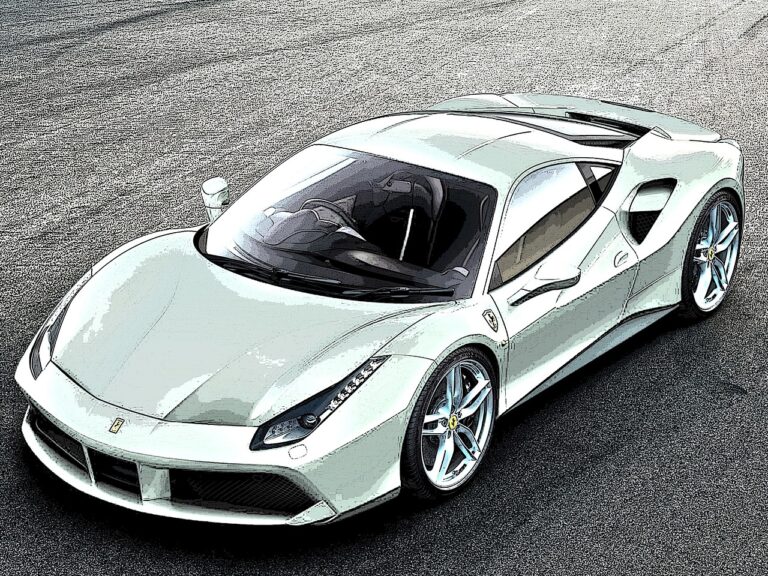The Evolution of Automotive Heating, Ventilation, and Air Conditioning (HVAC) Systems: World 7.com, Mahadev book login id and password, Silver exchange demo id
world 7.com, mahadev book login id and password, silver exchange demo id: The evolution of automotive Heating, Ventilation, and Air Conditioning (HVAC) systems has been one of the most significant advancements in the automotive industry. These systems have come a long way from simple heaters and fans to sophisticated climate control systems that provide comfort and convenience to drivers and passengers. In this article, we will explore the history of automotive HVAC systems and how they have evolved over the years.
Early Days: The Beginnings of Automotive Heating
In the early days of automobiles, heating systems were basic and rudimentary. Cars were equipped with simple heaters that used engine heat to warm the interior of the vehicle. These early systems were not very effective, and drivers often had to rely on blankets and extra clothing to stay warm during the winter months.
The Introduction of Air Conditioning
In the 1930s, automotive air conditioning made its debut. Packard was the first car manufacturer to offer air conditioning as an option in its vehicles. The system was bulky and expensive, but it marked the beginning of a new era in automotive comfort. Over the years, air conditioning systems became smaller, more efficient, and more affordable, making them a standard feature in most cars today.
The Rise of Climate Control Systems
In the 1970s and 1980s, climate control systems started to become more advanced. These systems allowed drivers to set their desired temperature and let the system regulate the climate in the car automatically. This was a significant improvement over manual HVAC systems, which required constant adjusting to maintain a comfortable temperature.
In-Car Air Quality and Filtration
In recent years, there has been a focus on improving air quality inside vehicles. Many modern cars come equipped with cabin air filters that help remove dust, pollen, and other allergens from the air. Some vehicles even have air ionizers and odor eliminators to keep the air inside the car fresh and clean.
HVAC Systems in Electric Vehicles
With the rise of electric vehicles, HVAC systems have evolved to become more energy-efficient. Electric cars often use heat pumps to heat or cool the interior of the vehicle, which is more energy-efficient than traditional HVAC systems. Some electric vehicles also come equipped with pre-conditioning features that allow drivers to heat or cool the interior of the car before they even get in.
The Future of Automotive HVAC Systems
As technology continues to advance, we can expect to see even more innovations in automotive HVAC systems. Some car manufacturers are working on developing systems that can detect the number of occupants in the car and adjust the climate control accordingly. There is also ongoing research into using renewable energy sources, such as solar power, to run HVAC systems in cars.
FAQs
Q: How often should I replace my cabin air filter?
A: It is recommended to replace your cabin air filter every 15,000 to 30,000 miles, depending on your driving habits and the environment in which you drive.
Q: Can I retrofit air conditioning into an older car?
A: Yes, it is possible to retrofit air conditioning into older cars. However, it can be a complex and costly process, so it is best to consult with a professional before attempting to do so.
Q: How does a heat pump work in an electric vehicle?
A: A heat pump in an electric vehicle works by transferring heat from the outside air to the inside of the car to heat the interior. In cooling mode, it reverses the process to remove heat from the inside of the car and release it outside.
In conclusion, automotive HVAC systems have come a long way since their inception, from simple heaters to sophisticated climate control systems. With advancements in technology, we can expect to see even more innovations in the future that will further improve comfort and convenience for drivers and passengers alike.







